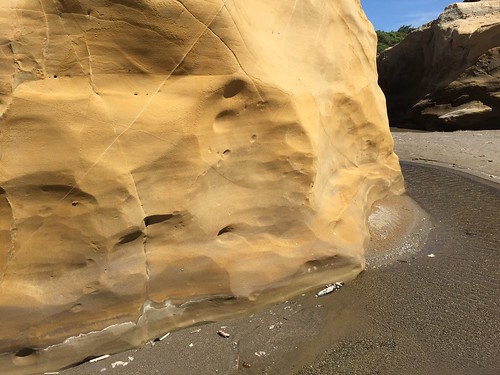Heat wave to impact Oregon wheat yields
Wheat yields are projected to take such a hit this summer that some Eastern Oregon growers may not even harvest their crop, a senior grain merchandiser said.
Sparse rainfall and diminished snowpack is the story for producers all across the West, but an unseasonable heat wave in late May and early June hit developing wheat plants at exactly the wrong time, said Dan Steiner of Pendleton Grain Growers.
Dryland wheat growers, who farm without irrigation, were hit especially hard as the National Weather Service recorded temperatures of 90, 96 and 102 degrees in the Pendleton area from May 29 to June 10.
“Production will be down significantly,” Steiner said. He estimated a 20 percent yield drop overall from the statewide average of about 60 bushels an acre.
“Some of the dryland areas are going to have zero,” he said. “Some (fields) will be abandoned.”
Steiner said the heat wave came as wheat plants were in the stage of filling out their grain kernels. Evaporation stole what little water was left for plant development, he said.
“It came at a very, very bad time,” he said. “A lot of moisture that could have gone to the kernel was simply lost.”
If temperatures had been in the 70s or 80s during that time, there would have been a chance to have an average crop, Steiner said.
As things stand, some dryland growers in parts of Morrow, Wasco, Sherman, Umatilla and Gilliam counties may decide it’s not worth the expense of running a combine over their ground, Steiner said. Some Eastern Washington growers may be in similar situations, he said.
Steiner said growers need to harvest seven or eight bushels an acre simply to pay for the cost of operating a combine. Growers may be cushioned from some of the loss by revenue guarantees of their insurance, he said.
Steiner said he’s been in Oregon since 1988, including the past 15 years with Pendleton Grain Growers. “This is as bad as I’ve ever seen it.”
The same problems have hit wheat growers before, of course. Steiner said El Nino weather patterns always bring hot, dry summers and cold, dry winters, neither of which is good for dryland wheat.
Blake Rowe, CEO of the Oregon Wheat Commission, said hot weather also raises the protein level of soft white wheat above what Asian buyers prefer. It won’t drive customers away, but they will be aware of it, he said. Most of the wheat grown in the Pacific Northwest is exported to Japan, Korea and elsewhere, where it’s used to make crackers, cakes and other products.
Steiner, of Pendleton Grain Growers, said the bad weather this year isn’t likely to change how farmers operate. Dryland growers don’t have many options, he pointed out,
“I would imagine they’ll plant like always do, and try to be optimistic,” he said. “The timing of that rain is absolutely critical. We can’t have 100 degree days at the end of May and the first of June.”

